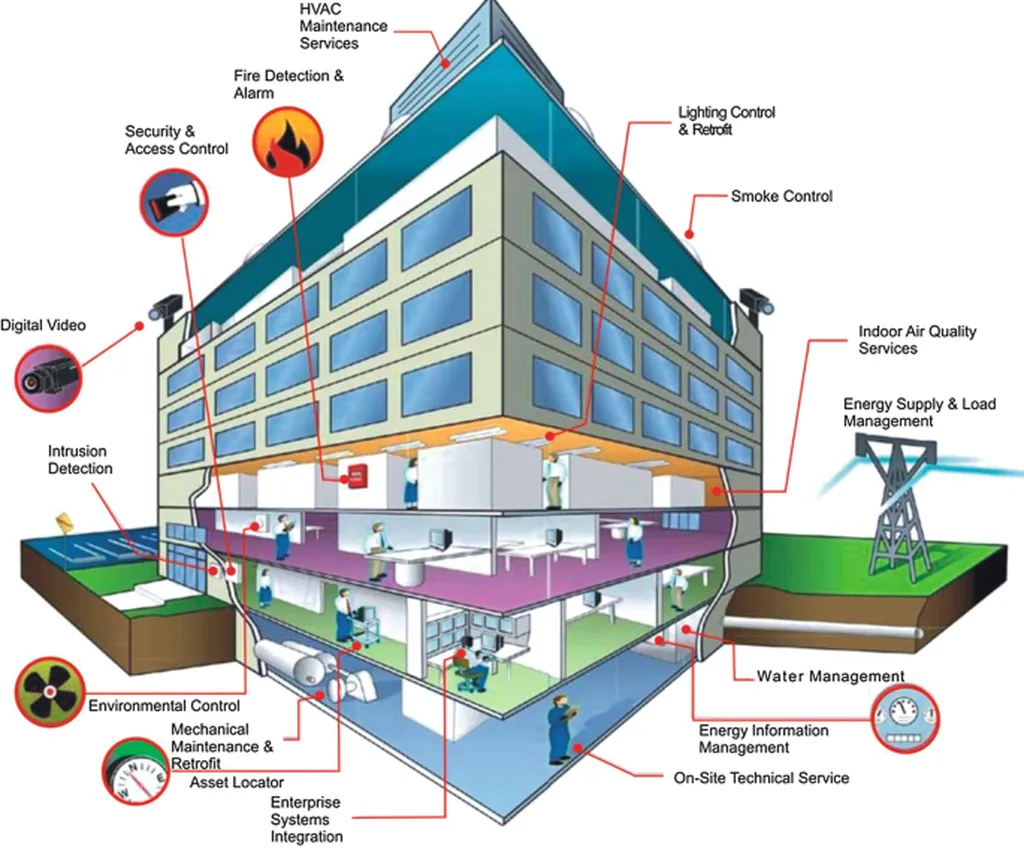In a world where the energy landscape is rapidly evolving, buildings are increasingly being called upon to play a dynamic role in the power grid. A recent study published in *MethodsX* (translated from German as “MethodsX”) introduces a groundbreaking simulation environment that could revolutionize how we manage energy in buildings, offering a promising path forward for the energy sector.
The research, led by Peter Klanatsky of Hochschule Burgenland University of Applied Sciences in Austria, focuses on data-driven model predictive control (DMPC). This approach is gaining traction as a way to enhance demand-side flexibility, a critical need as renewable energy systems become more integrated into the power grid.
“Buildings are no longer just passive consumers of energy; they can be active participants in the grid,” Klanatsky explains. “Our simulation environment is designed to facilitate the development and evaluation of DMPC solutions, enabling buildings to respond intelligently to the fluctuating demands of renewable energy sources.”
The simulation environment is notable for its versatility. It encompasses a customizable zone model for multiple room configurations, with a particular emphasis on thermally activated building structures (TABS) and solar shading control. It integrates DMPC algorithms with adaptable state space model structures or reinforcement learning algorithms, supporting various optimization architectures, from centralized to decentralized.
The framework’s real-world applicability has been validated using over a year of data from a living-lab office building. The results are impressive, with mean absolute errors below 0.5 °C across all zones and simulation time steps of 1 and 15 minutes. This accuracy is a testament to the robustness of the simulation environment, which effectively captures the dynamics of thermally activated components and solar shading mechanisms.
So, what does this mean for the energy sector? As buildings become more complex and the need for decentralized control approaches grows, this framework provides a powerful tool for researchers and practitioners. It enables them to address the challenges posed by increasing building complexity and the growing need for decentralized control approaches.
“Our goal is to empower the industry with a tool that can drive innovation in building energy management,” Klanatsky says. “By providing a comprehensive simulation environment, we hope to accelerate the development of advanced control strategies that can enhance energy efficiency and flexibility in buildings.”
As the energy sector continues to evolve, this research could shape future developments in building energy management. By enabling more intelligent and responsive buildings, it could contribute to a more stable and sustainable power grid. The simulation environment developed by Klanatsky and his team is a significant step forward in this journey, offering a promising path towards a more energy-efficient future.

